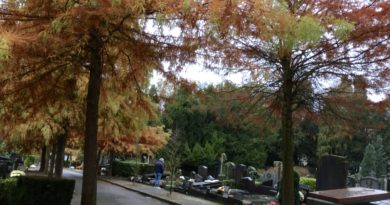33 proud Belgian belfries on UNESCO World Heritage List
In the 11th century, the feudal system was waning. The cities, however, were very much on the rise. Their economic power allowed them to buy off far-reaching administrative autonomy from the Lords. This was put into effect through an official by-law, containing a summary of the privileges or freedoms.
A by-law was of course a document of priceless value, which should ideally be stored safely. This was what led to the rise of the first belfries. Besides being a ‘fire-proof safe’ for the by-law and the city coffers, they served as a meeting room for the magistrates responsible for the local administration, i.e. the aldermen. They were also watchtowers, to survey for all manner of dangers such as fire or an enemy attack.
Or just to keep the working day running on time. This was why the tower would also contain an alarm bell and a work clock – the latter being a very early forerunner of our modern time clocks, if you like. Later on, a multitude of clocks would be added, which ultimately grew to become the festive carillon. The vaulted cellar was generally a weapons store or a prison, and the caretaker, or sometimes the executioner, would also live in the belfry.
They were built in all manner of styles: from Roman, Gothic, Renaissance and Baroque to a mixture of Art Deco and Modernism, as the fashions of the time changed. You can find them free-standing on a market square, or located centrally within a clothmaker’s hall or city hall, or built onto the side of one. Flanders was their core region, although Hainaut, Namur, also have magnificent belfries to show off.



